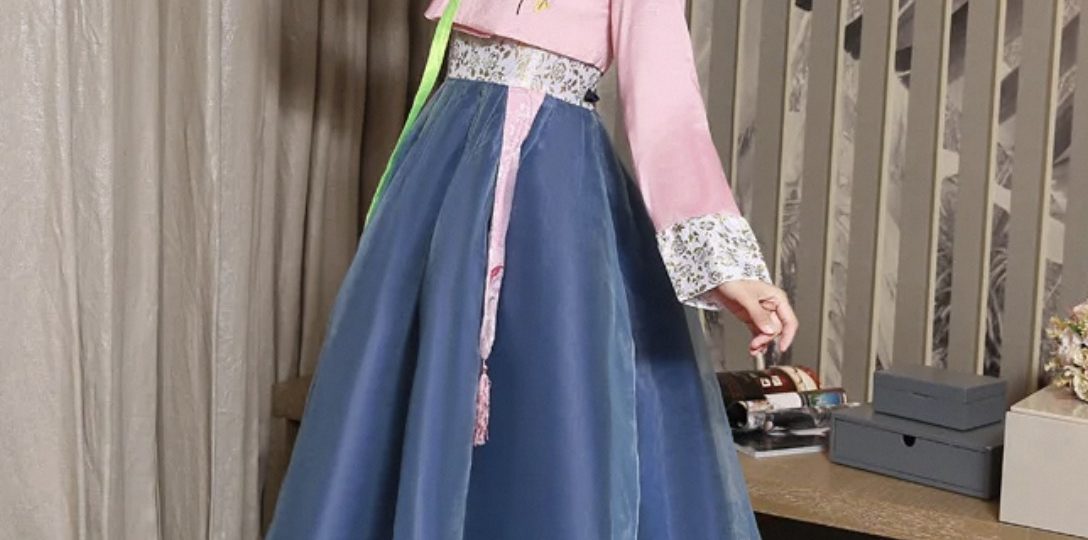
Korean Traditional Dress: A Hanbok Story of Elegance and Culture
The Korean traditional dress, known as hanbok, is a beautiful garment steeped in history and cultural significance. With its origins tracing back over a millennium, the hanbok is more than attire; it is a symbol of Korea’s artistic sensibilities and societal evolution. In this article, we will unravel the beauty of the hanbok, exploring its colors, shapes, and textures, and understanding how this iconic garment continues to influence fashion both in Korea and worldwide.
A Korean dress embodies the fusion of contemporary fashion with rich cultural heritage. Often inspired by vibrant patterns and sleek designs, it mirrors modern Korea’s dynamic spirit. On the other hand, the Korean traditional dress, known as the Hanbok, showcases elegant silhouettes defined by flowing lines and bright colors, reflecting centuries of history and artistry. Both forms of attire, despite their differences, capture the essence of Korean identity. They represent a spectrum of style that spans from historical significance to contemporary relevance, allowing wearers to honor tradition while embracing today’s fashion trends.
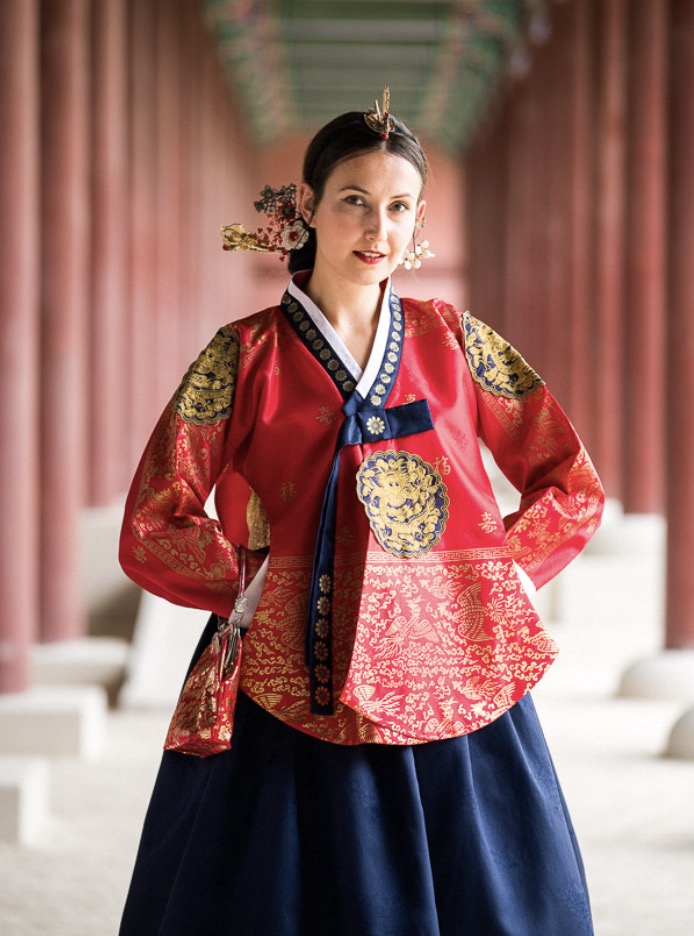
The Essence of Korean Traditional Dress
Hanbok, the Korean traditional dress, is distinguished by its vivid colors and simple, yet elegant, lines that create a graceful silhouette. Women’s hanbok typically consists of two basic elements: the jeogori, a blouse-like top, and the chima, a full wrap-around skirt. Men’s hanbok, on the other hand, often includes a jeogori and baji, which are roomy, high-waisted pants.
The design of the hanbok elegantly captures the Korean aesthetic principle of baesanimsu, meaning “the back is high and the front is low,” creating a unique and balanced garment that embodies the natural flow of movement.
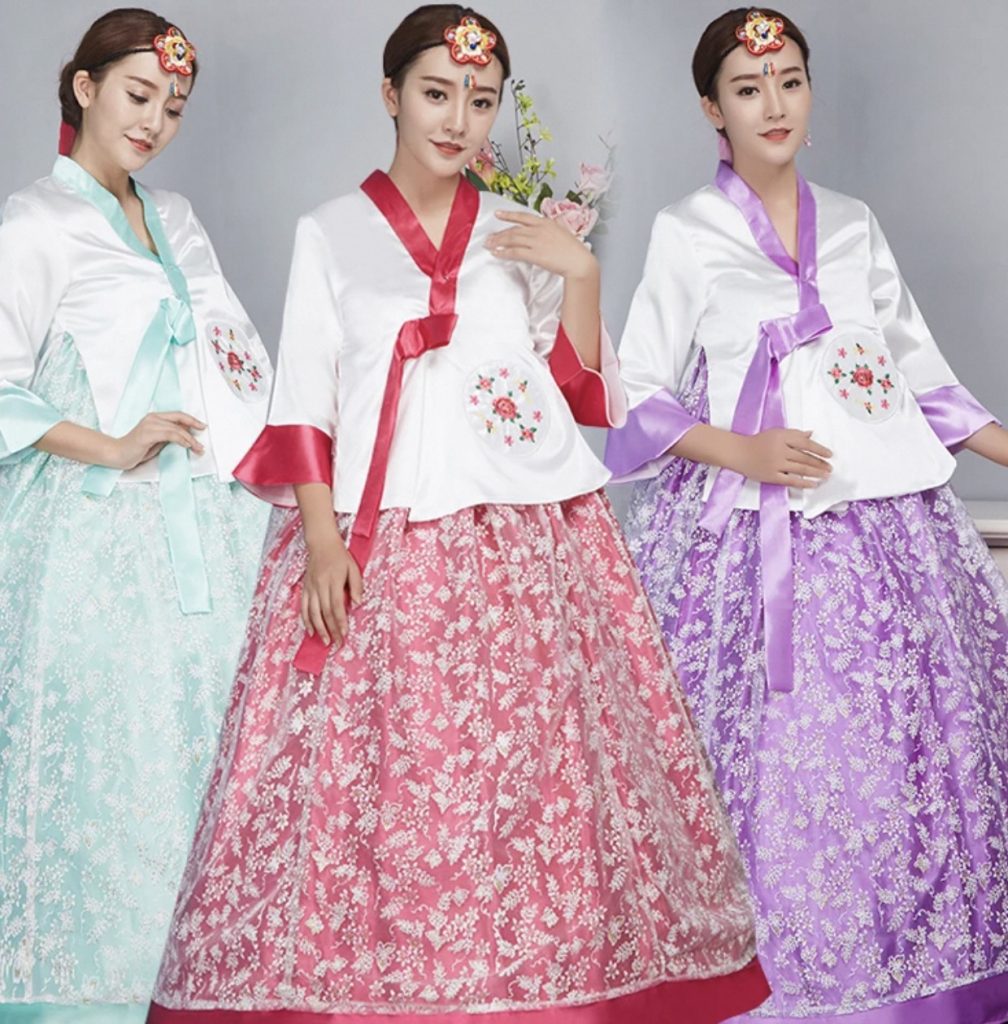
Colors and Symbolism in the Korean Traditional Dress
Koreans have traditionally associated certain colors with specific values and virtues. This is evident in the hanbok, where colors are not randomly chosen; they are imbued with profound meaning. White, for instance, symbolizes purity and peace and was commonly worn by the common people during the Joseon Dynasty. Brighter hues such as red, blue, and yellow signify wealth and high status and are often employed in formal or ceremonial hanbok.
In typical hanbok, colors harmonize to represent yin and yang—opposing but complementary forces believed to bring about balance and harmony in the wearer’s life.
Modern Reinterpretations of the Korean Traditional Dress
As Korea strides into the modern era, the hanbok has witnessed its own share of evolution. Contemporary designers are reimagining the hanbok in various ways, creating a new genre of hanbok-inspired fashion that resonates with younger generations. These modernized versions play with fabric, cut, and pattern to create a hanbok that aligns with today’s fashion sensibilities while maintaining the garment’s traditional spirit.
The new wave of hanbok does not merely cater to the domestic market but has gained international acclaim, bridging Korea’s cultural past with its dynamic present.
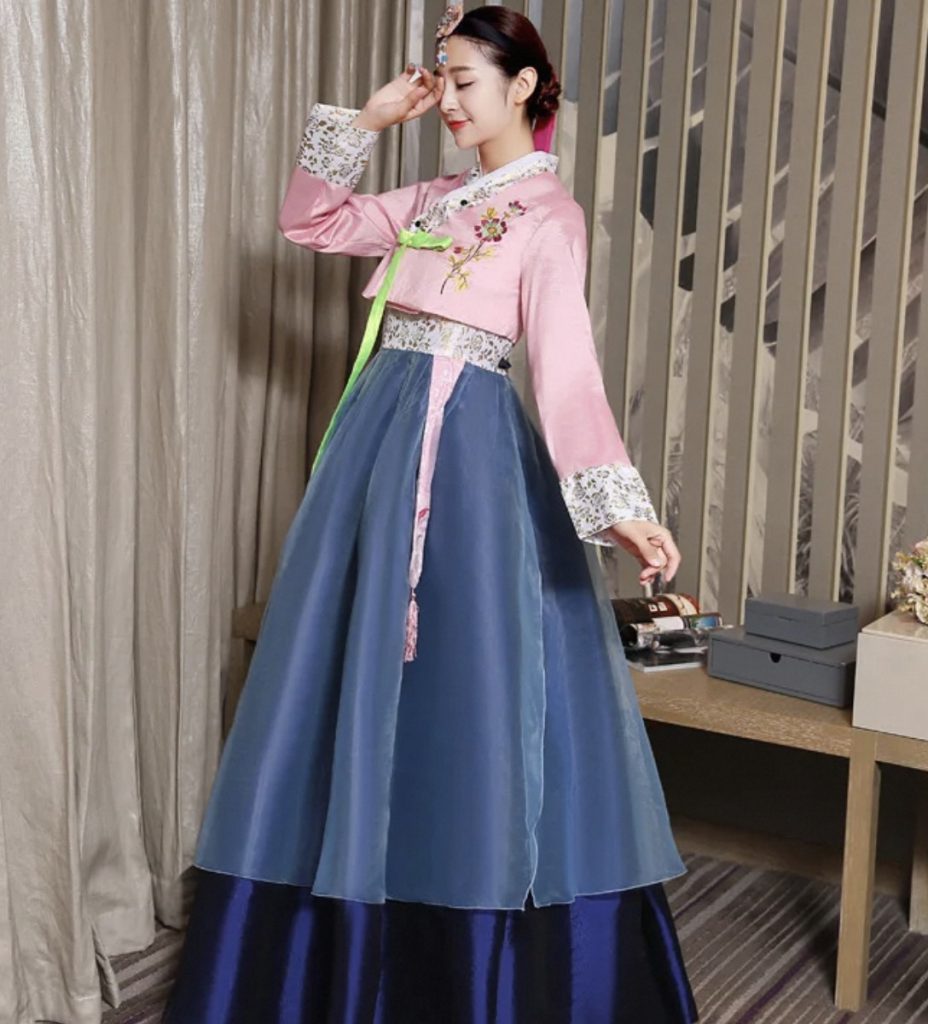
The Role of the Korean Traditional Dress in Ceremonies and Festivals
Hanbok plays a pivotal role in Korean ceremonies and festivals, serving as a garb of celebration and respect. During weddings, birthdays, and the Lunar New Year, Koreans don the hanbok to honor their roots and partake in the festivities. Each event sees variations in hanbok styles, displaying the versatility and adaptive nature of the national attire.
In particular, the beauty of a wedding hanbok, paired with its traditional accessories, make it a stunning sight that encapsulates the joy and sanctity of the marriage ceremony.
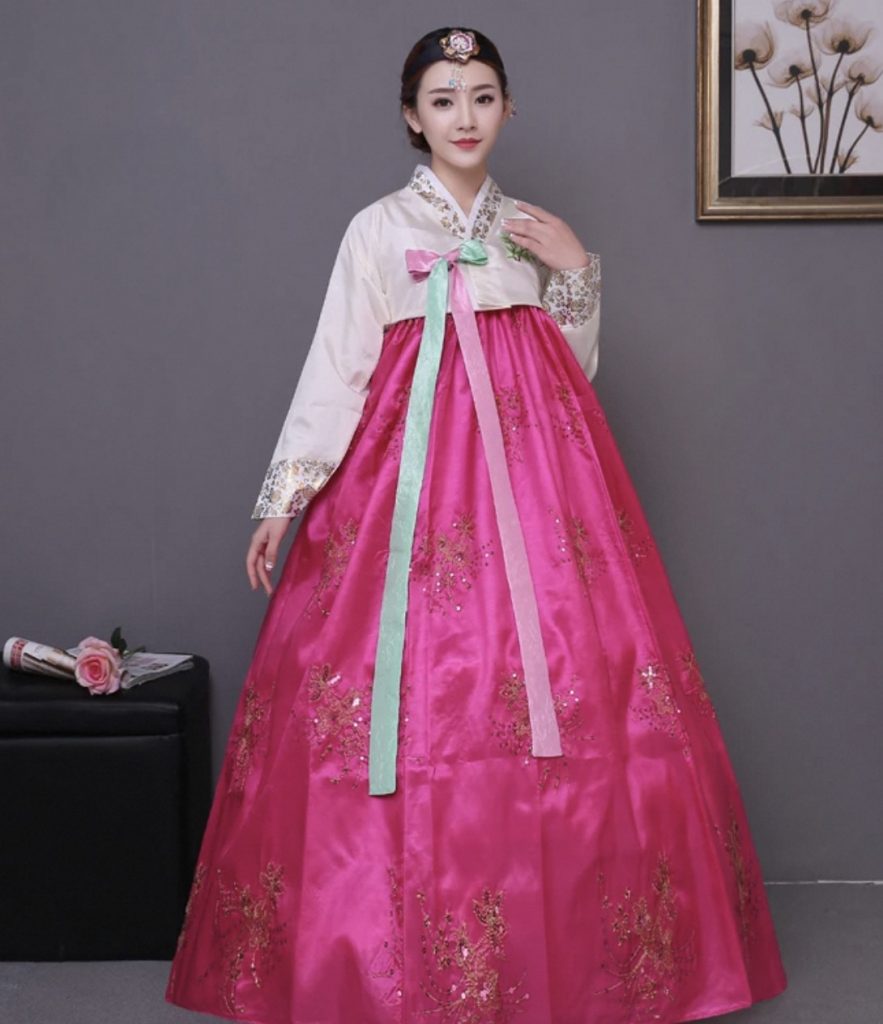
Craftsmanship and Care of the Korean Traditional Dress
The making of a hanbok is a meticulous process that requires skill and a deep understanding of the craft. Hanbok artisans work with delicate materials like silk and hemp to create these garments, employing techniques that have been handed down through generations. The care of a hanbok is equally important – delicate washing, proper storage, and regular airing ensure the longevity of this treasured piece.
The Korean Traditional Dress in Pop Culture and Fashion
Hanbok has made impressive strides into the realm of pop culture and fashion. K-dramas and K-pop have introduced the traditional Korean dress to an international audience, sparking interest and admiration. Designers and celebrities often wear hanbok-inspired outfits at global events, further showcasing the versatility and global appeal of Korea’s traditional dress.

Subverting the Norm: Men’s Baggy Pants and Yahoo Briefcases
The tides of men’s fashion have brought the resurgence of men baggy pants, challenging traditional fits with a comfortable and contemporary edge. Men are finding that these pants are not just street-smart but versatile, pairing them with everything from a graphic tee to a button-down shirt for an effortlessly cool look. They’re the sartorial choice for the man who isn’t afraid to prioritize comfort while making a statement. On the professional front, Yahoo briefcases offer a sleek counterpoint to the relaxed style of men’s baggy pants. Incorporating the practicality necessary for the modern workplace, these briefcases stand for organization and fashion forwardness. The combination of a Yahoo briefcase with an urban ensemble epitomizes today’s multifaceted man, who demands both style and efficiency in every aspect of life.
Girls’ Fashion: Classic Meets Cultural
When it comes to girls’ fashion, the black and white dress remains a timeless classic, serving as a versatile piece for all occasions. This simple yet delicious dichotomy serves as a neutral palette that invites creativity with colors and accessories, making it a staple for young fashionistas. In contrast, the rich tapestry of culture is sewn into every fold of the Korean traditional dress, or hanbok. With its vivid colors and flowing lines, it represents a cultural heritage that continues to find a place in contemporary celebrations. While the hanbok respects historical beauty, the black and white dress nods to modern minimalism. They both reflect the broad spectrum of girls’ fashion, from everyday elegance to ceremonial splendor.
Fashion is more than clothing. It is a conversation between comfort and style, tradition and innovation. Through the juxtaposition of men baggy pants with Yahoo briefcases and black and white dresses with Korean traditional dresses, we see a world where every garment tells a story, framing identities and cultural narratives, one outfit at a time.
Conclusion: The Living Legacy of the Korean Traditional Dress
The hanbok remains not only a cherished piece of Korea’s heritage but also a living tradition that adapts and grows with contemporary trends. It is a symbol of Korean identity and national pride that continues to capture hearts with its beauty, significance, and evolving narrative. Far from being a relic of the past, the Korean traditional dress is a testament to Korea’s ability to honor its history while remaining at the forefront of global cultural expression.